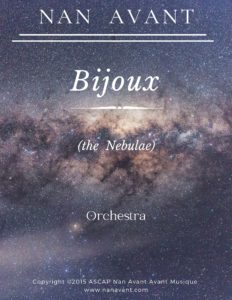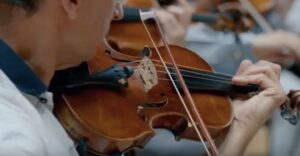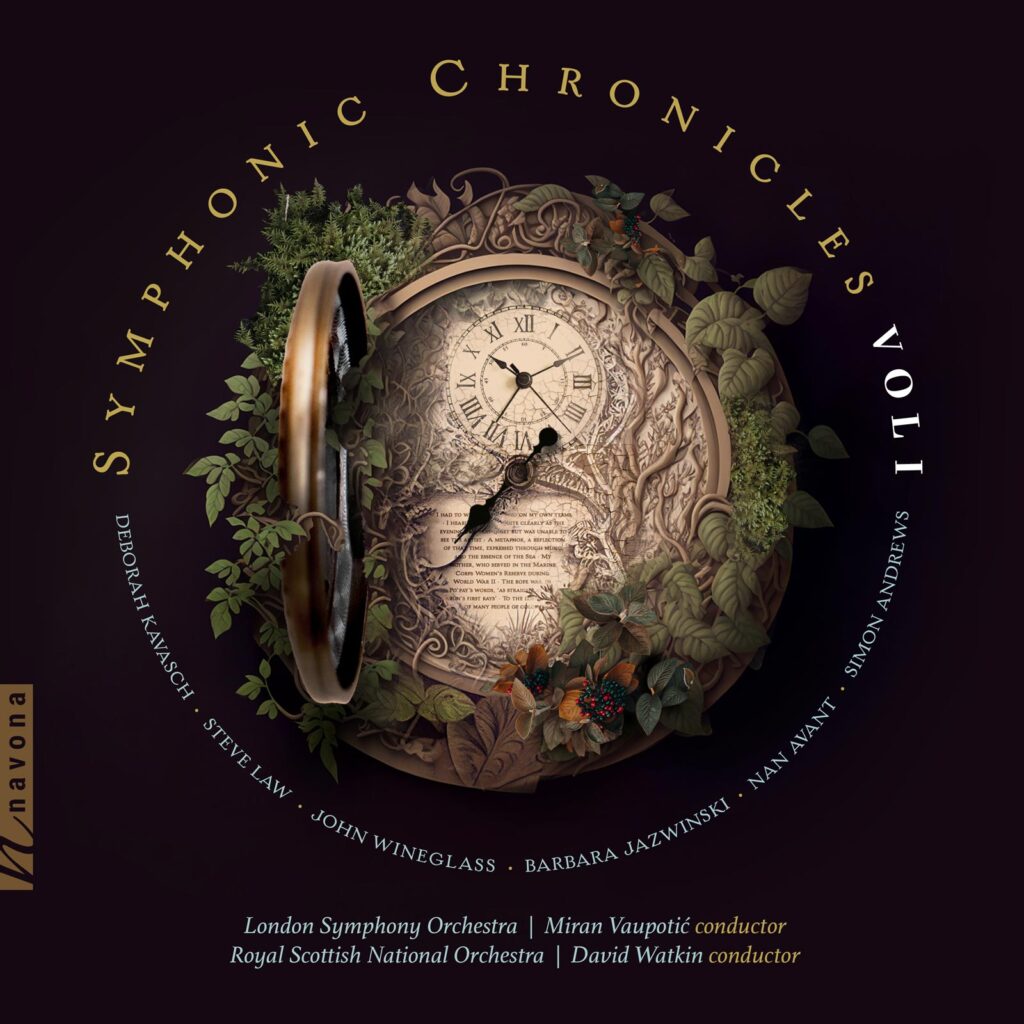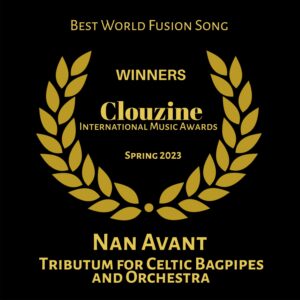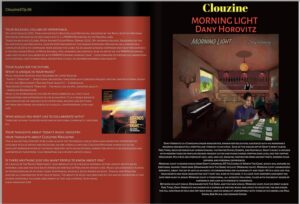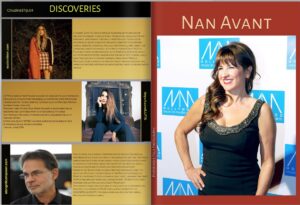 Aloha and Mahalo~ Thank you Sharene and Hawaii Public Radio for this awesome opportunity!
Aloha and Mahalo~ Thank you Sharene and Hawaii Public Radio for this awesome opportunity!
I am so honored to have been interviewed on Hawaii Public Radio with Host Sharene Taba of Classical Pacific! It means everything to me to know that the people of Hawaii have heard Nani Lahaiina~Rhapsody for Violin and Orchestra and that I could share with them why I wrote Nani Lahaina.
 You can listen to the audio interview by clicking on this photo
You can listen to the audio interview by clicking on this photo
Mahalo
Nan

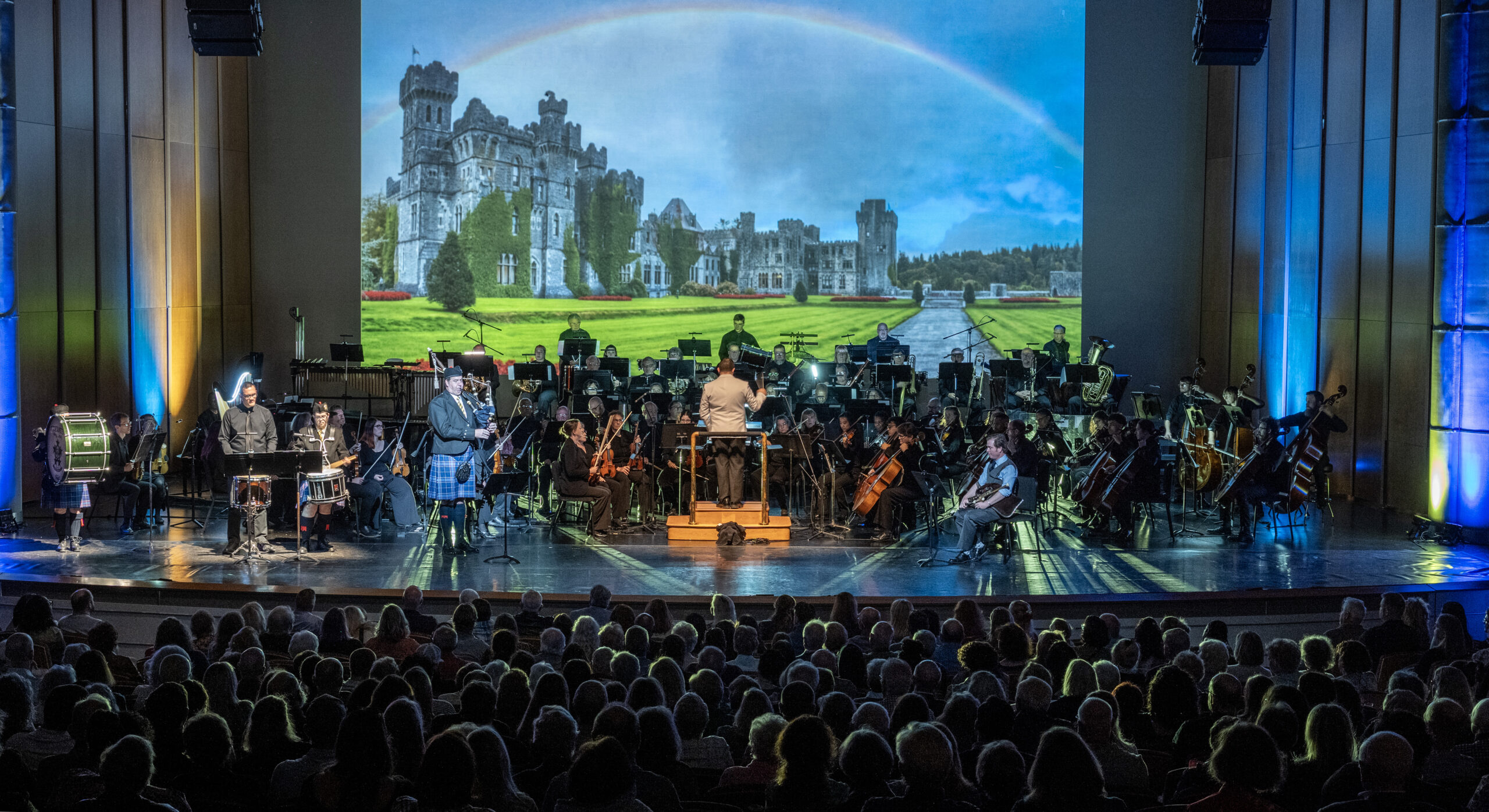 Thank you Symphonicity and Daniel W. Boothe for this spectacular performance!
Thank you Symphonicity and Daniel W. Boothe for this spectacular performance!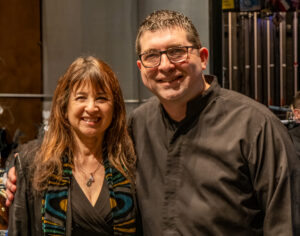 “I so enjoyed having you, meeting you and most of all, in leading our orchestra through that incredibly beautiful music of yours. Tributum was one of the finest scored pieces I have ever performed in my career. Thank you for creating it and sharing your gifts! And looking forward to learning more! We loved having you! All the best-” Daniel W. Boothe Conductor Symphonicity Orchestra, Virginia Beach, VA.
“I so enjoyed having you, meeting you and most of all, in leading our orchestra through that incredibly beautiful music of yours. Tributum was one of the finest scored pieces I have ever performed in my career. Thank you for creating it and sharing your gifts! And looking forward to learning more! We loved having you! All the best-” Daniel W. Boothe Conductor Symphonicity Orchestra, Virginia Beach, VA.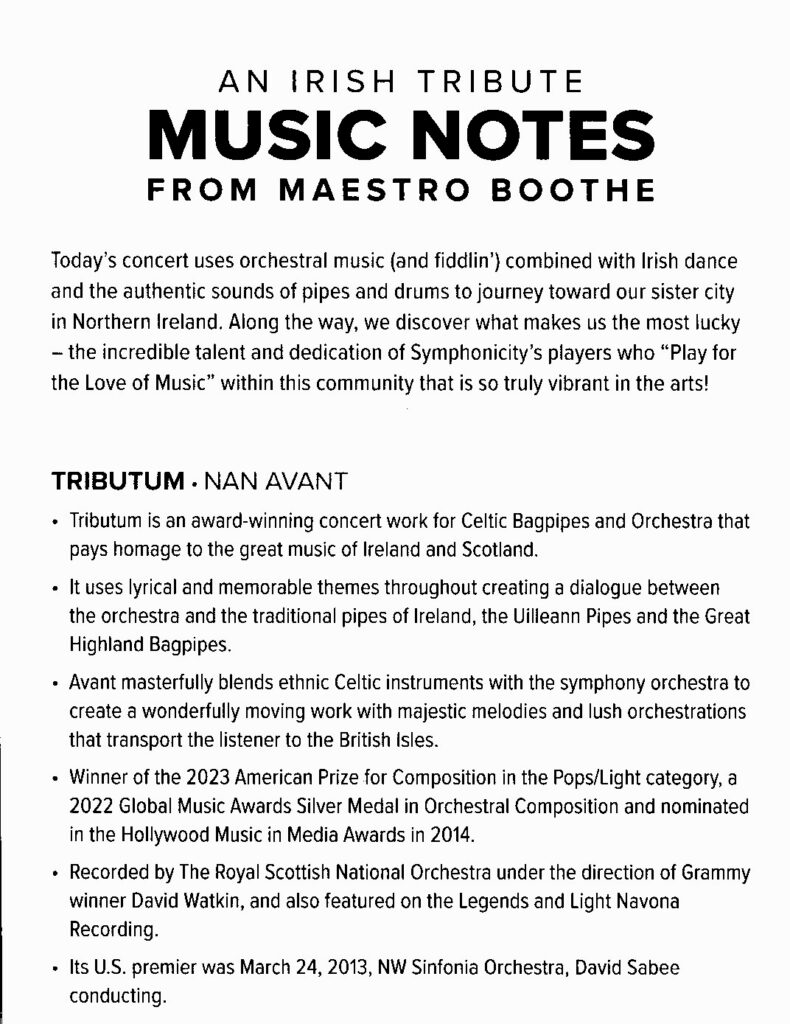
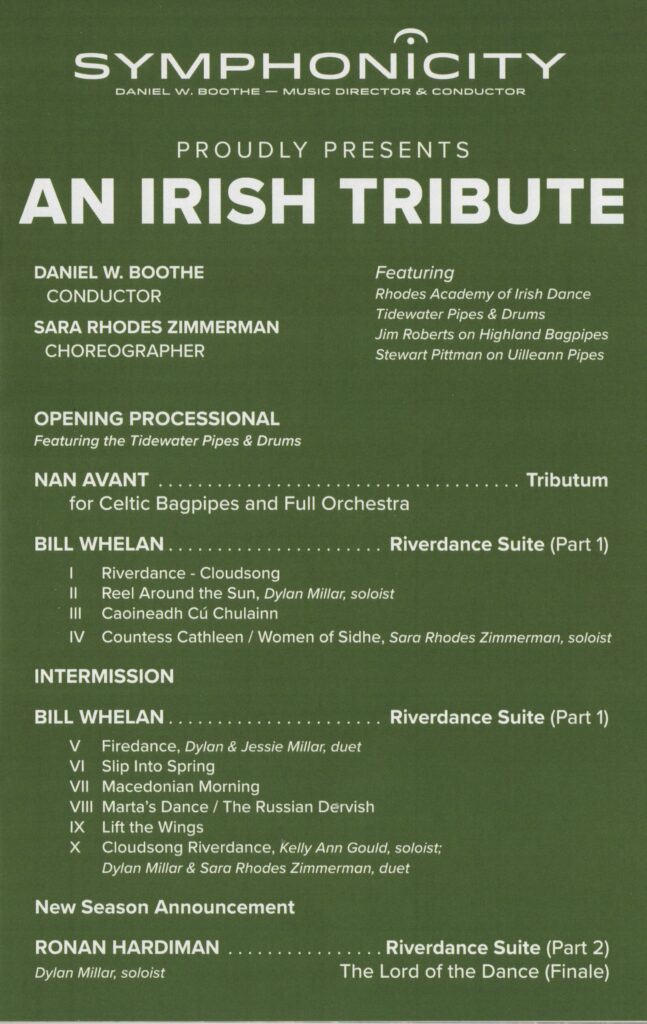
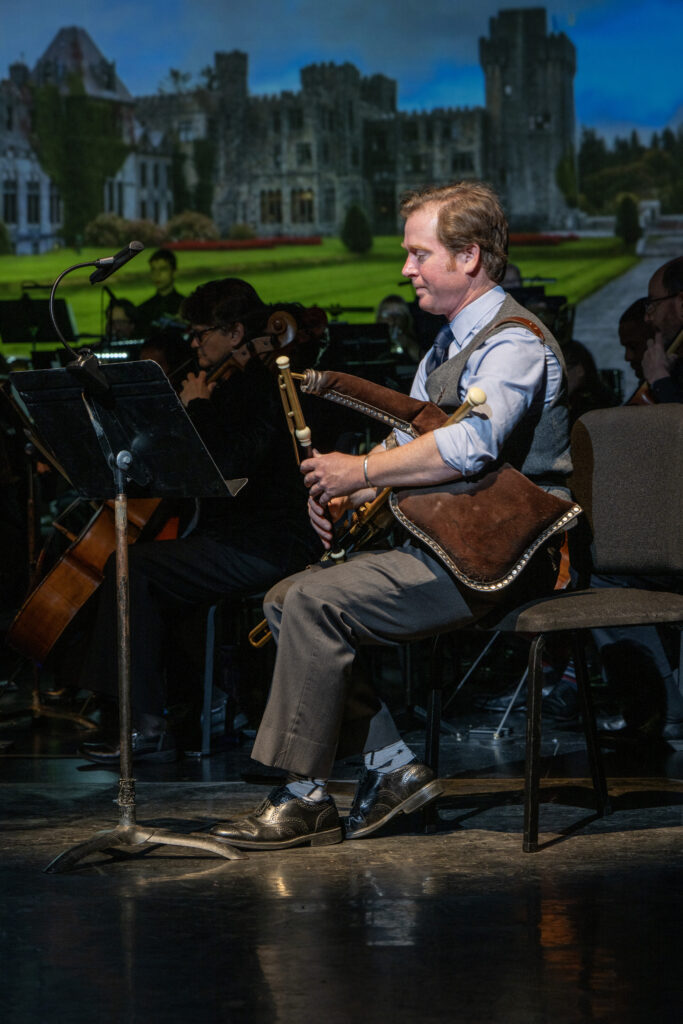 Piper Stewart Pittman and Jim Roberts on Great Highland Bagpipes.
Piper Stewart Pittman and Jim Roberts on Great Highland Bagpipes.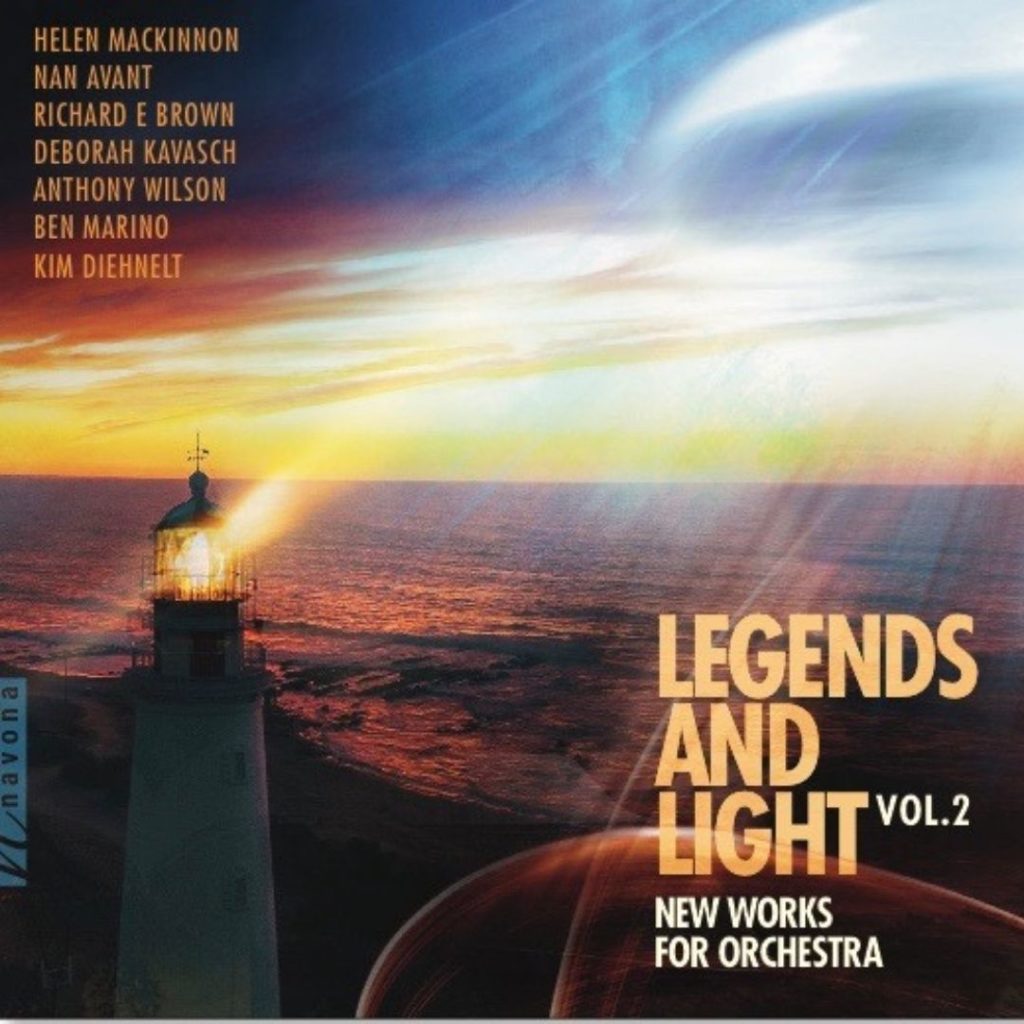
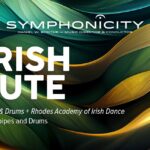






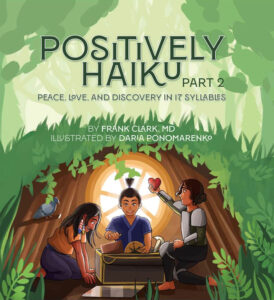 Positively Haiku Part 2
Positively Haiku Part 2



